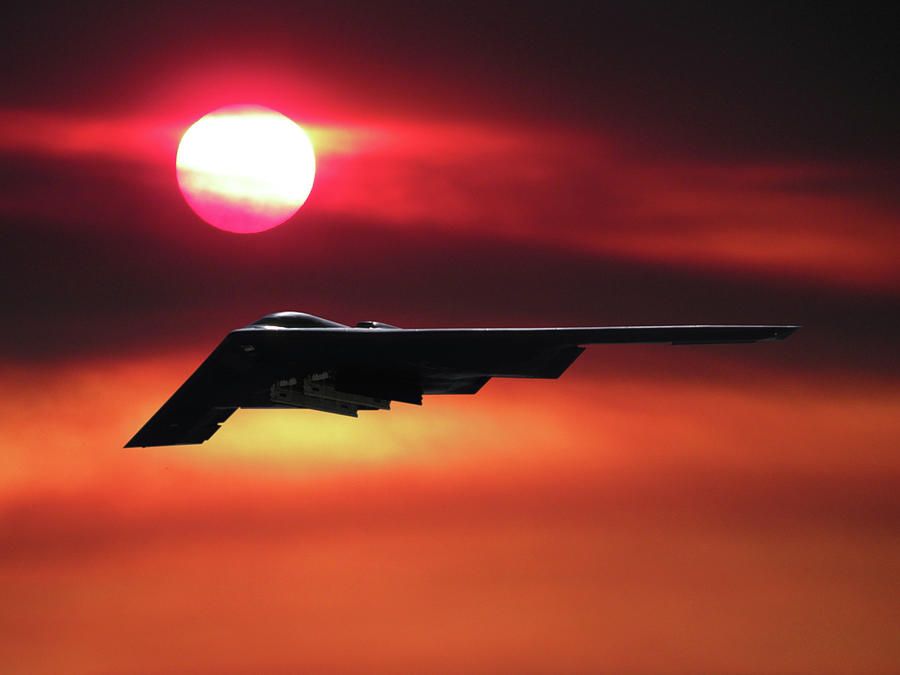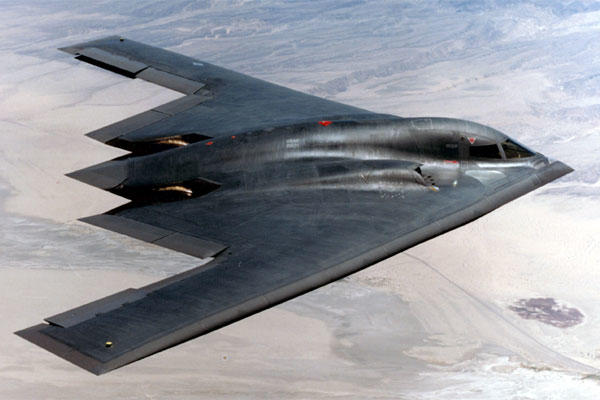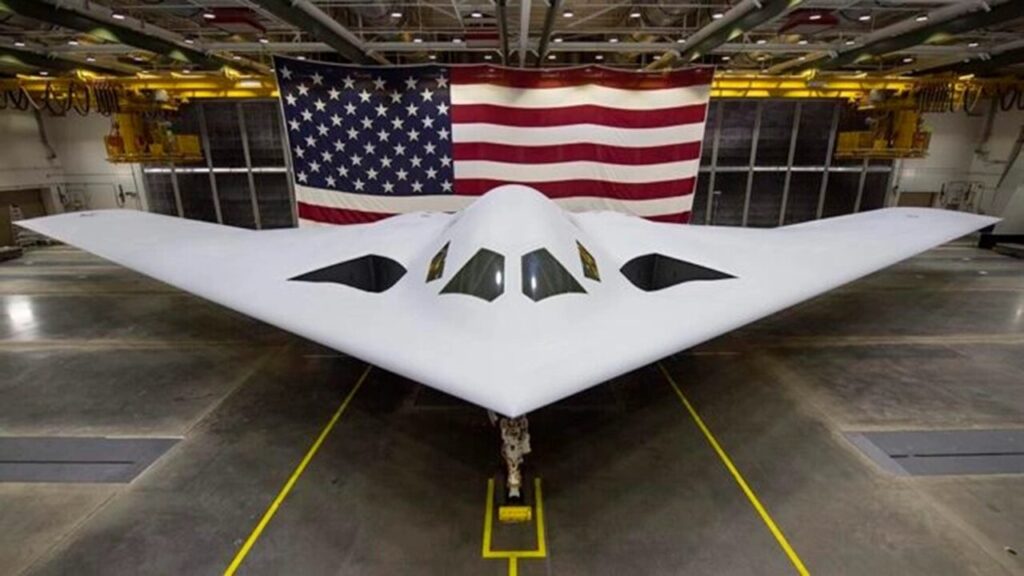
The legendary B-2 Spirit stealth bombers of the United States Air Force are not only too old and expensive to operate, but they are also insufficient in number to fulfill all of the numerous duties that the flying branch requires of its heavy bombers. In addition, they will soon be phased out of service as Northrop Grumman, the same company that manufactures the B-2s, completes the production of the B-21 Raiders, which will arrive in the coming years.
Nevertheless, the batwinged B-2s, which are highly sought for their spectral capacity to avoid detection by enemy radar, are currently undergoing a significant amount of improvement. In accordance with the “Spirit Realm 1” project, Northrop announced on July 17, the 35th anniversary of the maiden flight of the two-person B-2, that it has installed a new software operating system in the B-2s.

With Spirit Realm 1, the subsonic bombers’ previous, boutique operating system is replaced with a brand new “open” operating system, which is significantly simpler to update than the previous system. In the past, it may have taken up to two years to properly incorporate a new munition into the B-2’s armament; however, this process should now be completed in just a few months.
Northrop made the following claim: “SR 1 provides mission-critical capability upgrades to the communications and weapons systems via an open mission systems architecture, directly enhancing combat capability and enabling the fleet to initiate a new phase of agile software releases.”
This kind of adaptability is becoming increasingly vital as the Air Force speeds up the process of introducing a new generation of new munitions into service. These include, among other things, cruise missiles that are less expensive, smart glide-bombs that can coordinate with each other while in the air, and a new precise bunker-buster.
Between now and the eventual retirement of the B-2s based in Missouri, which is projected to occur somewhere in the 2030s, there will undoubtedly be more new weaponry introduced. How quickly the Air Force is able to pay for new B-21s and how quickly Northrop can manufacture them will determine the exact pace at which retirements will occur. Already active in the skies is the very first B-21 test plane. The United States Air Force plans to purchase at least one hundred of the jets that cost $600 million.

It is planned that the Raiders, which are designed to look like older Spirits from the outside but are completely different on the inside, will be used to replace the 19 B-2s that are still in existence as well as the 45 swing-wing supersonic Rockwell B-1 Lancers that date back to the 1980s. Seventy-six Boeing B-52 Stratofortresses, which were initially constructed in the 1960s, will continue to fly alongside the B-21s into the 2050s and probably beyond. These Stratofortresses have eight engines and have been modified.
It should come as no surprise that the Air Force is maintaining the outdated B-52. The Government Accountability Office of the United States estimates that the cost of operating a B-2 aircraft is $150,000 per hour. Even though it is equipped with considerably more fundamental equipment, the B-52 can be flown for a mere $88,000 per hour.
That disparity, which is between what the best bombers cost to fly and what they could cost, given greater reliability and economies of scale, also explains why the Air Force is eager to replace a small fleet of old B-2s with a much larger fleet of new B-21s, which will have open operating systems from the very beginning of their service.
By no means does this imply that the B-2 is not valuable. It is the sole long-range stealth warplane in the United States arsenal, which means that it is the only warplane that can go thousands of miles and, at the very least, strike targets even deep behind enemy lines.

The fact that only 19 American aircraft are capable of reaching that level of global reach highlights how valuable each B-2 is. This realization also helps to explain why the Air Force was eager to improve the bombers despite the fact that they were about to be replaced. The Americans are in a difficult situation when it comes to their air power because they are willing to conserve the B-2s until they can be replaced, but they are also desperate to replace them.
When it comes to dropping bunker-busters on nuclear facilities in Iran or North Korea during an atomic confrontation or firing cruise missiles against the most highly fortified Chinese air bases during a conflict over Taiwan, the B-2 may be the only choice available to the United States of America until a critical mass of B-21s are on the tarmac.
Following the completion of a software upgrade for the B-2 bombers, the Air Force is now in a position to concentrate on improving the bombers’ dependability instead. In April, the United States Air Force conducted an “elephant walk” of the B-2 wing, which is a staged mass takeoff. Twelve of the 19 bombers that were part of the wing participated in the event. All seven of the others were either offline for maintenance or in the process of being upgraded.
However, that 63 percent readiness meant that we had reached a high water mark. According to the most recent numbers provided by the GAO, for the entirety of the year 2023, just 56 percent of the time was any single spirit capable of being flown successfully. A lack of spare parts, a diminishing workforce for maintenance, and challenges in maintaining the radar-absorbing coating of the B-2 were all issues that were brought to the attention of analysts.